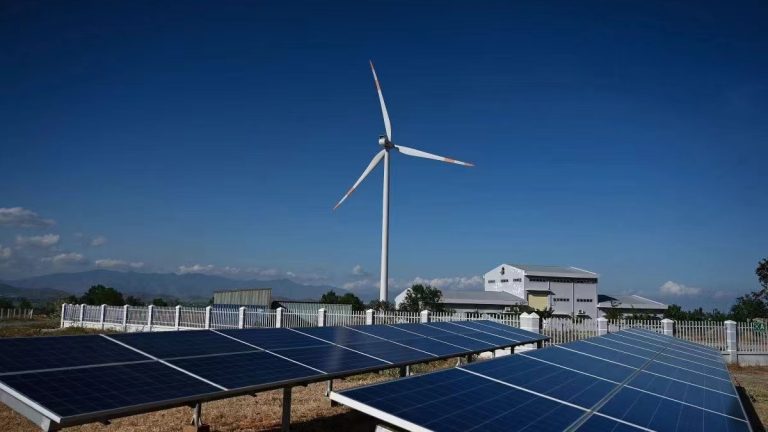Choosing the Right Mode of Transport
Exporting energy storage systems (ESS) involves not only manufacturing and certification but also choosing the right logistics solution. Two main modes—sea freight and air freight—each offer unique advantages and challenges. Exporters must weigh cost, speed, safety, and compliance to make the right decision for each order.
1. Cost Comparison
- Sea Freight: Generally the cheapest option for large volumes. Cost per unit drops significantly with container loads.
- Air Freight: Much more expensive, with pricing based on chargeable weight (actual weight or volumetric weight).
Example: Shipping a 20-foot container of battery cabinets by sea may cost a fraction of the price of shipping the same weight by air.
Exporter Tip: Use air freight only when speed or urgency justifies the premium.
2. Speed of Delivery
- Sea Freight: Transit time from Asia to Europe or the US can take 25–40 days.
- Air Freight: Delivery possible within 3–7 days, including customs clearance.
Exporter Tip: Air freight may be worthwhile for sample shipments, urgent projects, or pilot installations.
3. Compliance and Regulations
- Sea Freight: Governed by the IMDG Code for dangerous goods; easier for bulk ESS shipments.
- Air Freight: Controlled by IATA DGR; stricter rules apply, including ≤30% state of charge (SoC) for lithium batteries.
Key Difference: Some high-capacity batteries may not be eligible for air transport at all.
4. Risk Factors
- Sea Freight:
- Risk of moisture damage and long exposure to humidity.
- Longer transit increases insurance risk.
- Air Freight:
- Higher fire risk due to cabin pressure and limited emergency handling.
- More shipment rejections due to paperwork or packaging errors.
Exporter Tip: Always use UN-certified packaging and complete labeling to reduce risk.
5. Suitability by Order Size
- Small Orders: Air freight can make sense for samples, trial orders, or urgent deliveries.
- Large Orders: Sea freight is cost-effective for cabinets, bulk modules, and container loads.
- Mixed Approach: Some exporters send samples by air and bulk shipments by sea.
6. Cost-Benefit Summary Table
| Factor | Sea Freight | Air Freight |
|---|---|---|
| Cost | Low (best for bulk orders) | High (charged by weight/volume) |
| Speed | Slow (25–40 days) | Fast (3–7 days) |
| Compliance | IMDG Code | IATA DGR, stricter limits |
| Risk | Moisture, long delays | Fire, rejection risks |
| Best Use Case | Large shipments, cabinets | Samples, urgent deliveries |
7. Strategic Considerations for Exporters
- Buyer Expectation: European and US buyers may expect air delivery for samples, sea for projects.
- Margin Management: Use sea freight for large orders to protect profitability.
- Market Entry: Air freight can help new exporters establish market presence quickly.
- Insurance Strategy: Negotiate different coverage for air vs sea shipments.
Matching Mode to Market Needs
For ESS exports, both sea and air freight play vital roles. Sea freight offers affordability and scale for bulk orders, while air freight provides speed and responsiveness for smaller, urgent shipments. Exporters who balance cost with delivery needs and communicate logistics strategies transparently to buyers will build stronger trust and competitiveness in global markets.









